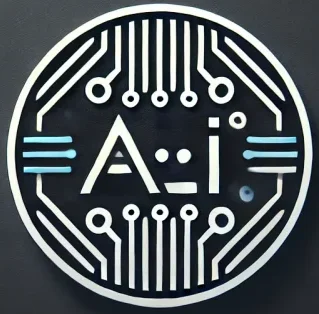### Title: Revolutionizing Industries: How Generative AI is Shaping the Future
#### Meta Description:
Explore how Generative AI is transforming industries, from content creation to healthcare, and why it’s the future of technology.
—
The realm of artificial intelligence (AI) is continuously evolving, introducing groundbreaking trends that redefine how industries operate. One of the most exciting and rapidly advancing trends in this space is Generative AI. This technology is not just a fleeting trend but a robust tool poised to reshape numerous sectors, including digital content creation, automotive, healthcare, and more.
### What is Generative AI?
Generative AI refers to algorithms that can learn from existing data to generate new content that resembles the original data in structure and format. This capability extends across text, images, videos, and even sound, offering vast potential for creative and analytical applications.
### Key Applications of Generative AI
#### **In Content Creation**
– **Automated Content Generation**: From writing articles to creating entire video scripts, Generative AI can produce high-quality content in seconds.
– **Personalized Content**: AI systems analyze user data to craft personalized experiences, significantly enhancing customer engagement.
#### **In Healthcare**
– **Drug Discovery**: AI algorithms can predict molecular responses, speeding up the discovery of new drugs.
– **Personalized Treatment Plans**: By analyzing patient data, AI can suggest customized treatment strategies, improving healthcare outcomes.
#### **In Automotive Industry**
– **Autonomous Vehicles**: Generative AI helps improve the decision-making systems in self-driving cars, making them safer and more efficient.
– **Design and Testing**: AI can generate numerous design models and simulate testing scenarios, reducing development time and costs.
### Benefits of Generative AI
– **Efficiency and Speed**: AI dramatically reduces the time required for various processes, from data analysis to content creation.
– **Cost Reduction**: Automating routine tasks with AI cuts down on operational costs by reducing the need for human labor.
– **Innovation and Creativity**: AI can generate novel ideas and designs, pushing the boundaries of human creativity and innovation capabilities.
### Challenges and Considerations
While Generative AI holds tremendous promise, it also presents certain challenges:
– **Ethical and Privacy Concerns**: Ensuring that AI-generated content does not infringe on copyrights or misuse personal data is crucial.
– **Quality Control**: Maintaining a high standard of AI-generated content and ensuring it meets user expectations is essential.
– **Dependency and Job Displacement**: There is a concern that dependency on AI could lead to significant shifts in job markets.
### The Future of Generative AI
The trajectory of Generative AI is steeply upward. As technology advances, its integration will become more refined, and its applications more widespread. The future may see AI collaborating with humans in more creative and interactive ways than ever before, driving innovation across every sector.
### Conclusion
Generative AI is not just a technological advancement; it is a paradigm shift in how we create, analyze, and innovate. As we stand on the brink of this AI revolution, it is imperative for businesses and individuals to understand and integrate AI capabilities to stay competitive and relevant.
If you’re intrigued by the potential of Generative AI and how it can benefit your sector, exploring further resources or consulting with AI experts could unlock new opportunities and streamline operations. Embrace the future—start integrating Generative AI into your strategies today!
—
**Call to Action:**
Ready to harness the power of Generative AI in your industry? Contact us to learn how our AI solutions can transform your business operations and drive growth. Let’s innovate together!
For more insights, check out our latest AI blog posts.

